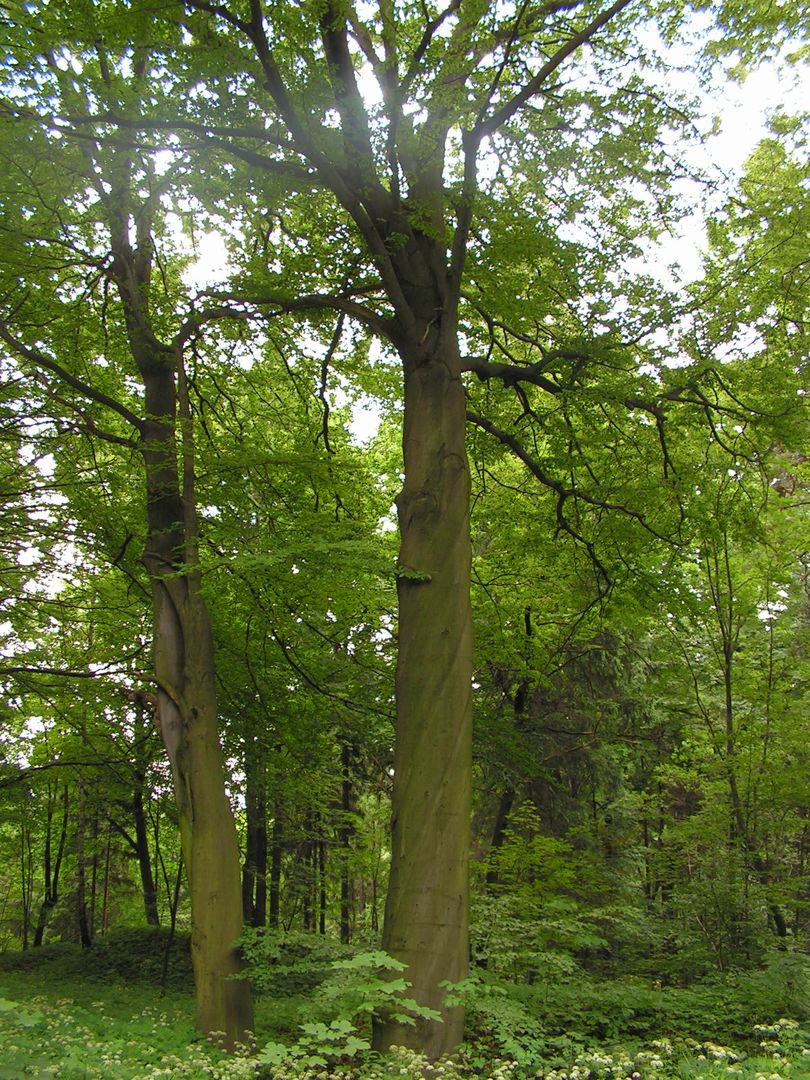Segiet Nature Reserve
6.04

Overview
The Segiet Nature Reserve, located on Srebrna Góra (Silver Mountain) within the Tarnogórski Ridge, was established in 1953 to protect a fragment of natural beech forest mixed with other tree species. It covers an area of 92.29 hectares, with an additional buffer zone of 142.14 hectares. The reserve is home to three distinct forest communities: lowland acid beech forest, thermophilic orchid beech forest, and fertile beech forest, which contribute to a diverse flora, including many orchid species and protected plants such as martagon lily and common columbine. The reserve also serves as a habitat for numerous bat species, thanks to its extensive system of underground shafts and tunnels, which form the largest bat hibernation site in Upper Silesia. This area bears witness to an intensive history of mining, which took place from the 12th to the 20th century, and remnants of this period, such as sinkholes and depressions, can still be found in the vicinity. Unfortunately, the reserve faces numerous threats, including the construction of the Dolomity Sportowa Dolina sports and recreation complex, which has led to the deforestation of the Segiet Forest and increased human pressure on protected areas. The negative impacts of this development are particularly concerning for bat populations, which may lose vital food sources and foraging grounds. Protecting this area is essential to preserve its natural and historical richness. In 2017, Segiet was inscribed on the UNESCO World Heritage List as part of the "Tarnowskie Góry Lead-Silver-Zinc Mine and its Underground Water Management System," highlighting its both natural and cultural value. In 2023, the reserve and its buffer zone were expanded, marking a significant step toward safeguarding this precious ecosystem.
Location
Tickets
Powered by GetYourGuide
2025 Wizytor | All Rights Reserved